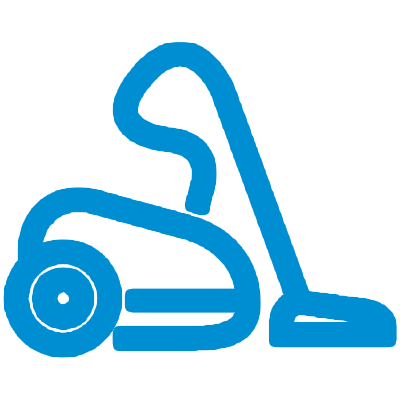
A Creative Battle: AI vs. Hand-Drawn Action Figures
In a fascinating turn of events, AI-generated action figures recently captured attention across social media platforms. Users trained AI, particularly tools like ChatGPT, to create stylized miniatures based on images of themselves, resulting in colorful, personalized "starter packs" for each individual. These digital renditions not only highlight personal traits but also cater to unique hobbies and interests—such as iced coffees for baristas or running shoes for athletes.
However, the rise of this AI trend sparked a resurgence of traditional artistry, led by illustrators like Holly Rolfe, who boldly declared enough is enough. Rolfe, an England-based illustrator and ceramicist, expressed her frustrations with the trend. "I think it reinforces how tone-deaf big business can be," she stated, urging consumers to recognize the value of human artistry in a world increasingly reliant on technology. "Every single one of those businesses, even the small ones, could have afforded to pay an artist. But they didn’t." With her stand, Rolfe and fellow artists began sharing hand-drawn versions under the hashtag #StarterPackNoAI, representing a poignant reminder of the creativity that AI has not yet fully replicated.
The Implications of AI on Art and Creativity
The transition toward AI-generated artwork raises critical questions about creativity and labor. As artists flock to social media with their hand-drawn interpretations, they urge followers to consider the long-standing implications of relying on AI. The trend reflects broader societal concerns regarding automation and how it may replace jobs traditionally filled by skilled labor, such as graphic designers, illustrators, and other creative professionals.
Critics of AI-generated content point to environmental factors as well. The energy consumption associated with training and utilizing AI models is a growing concern, spotlighting the need for sustainable practices in the tech industry. For every graphic produced, there is an environmental footprint, and as generations harness these technologies, an awareness around such impacts is crucial.
The Growing Resistance Against AI
Such movements aren’t new. Over the years, creative fields have voiced concerns about machine-generated artwork and its implications for originality. The legal tussles surrounding AI copyright infringement—like those faced by OpenAI from various artists and publications—signal a rising wave of dissent. Artists are increasingly calling for the protection of their work against machine learning that relies on previously established styles.
OpenAI, in response, claims that its AI tools are designed to elevate and support human creativity rather than replace it. Their spokesperson maintains that such technologies enable users to explore their ideas while respecting broader industry standards. However, the counterargument remains strong: Can creative industries thrive when machines seem to replace the human touch so effortlessly?
Emotion Meets Innovation: Community in Artistic Expression
The emergence of hashtags like #StarterPackNoAI is not just a protest; it represents a community rallying together to protect artistic identity. The resurgence of human artistry in response to AI-generated trends symbolizes a longing for connection and individuality. Artists’ emotional investment in their work contrasts deeply with the sterile nature of machine-generated pieces, which lack the nuances of human experience.
As artists share their creations on social media, they bring back the human element that AI cannot replicate—an element that resonates with audiences. The hand-drawn images evoke nostalgia for authentic experiences, inviting viewers to reflect on what it means to connect through creativity.
The Future of AI in Art
As technology advances, the impact of AI on the art world will likely become even more pronounced. Will there be a harmonious balance between advancing technology and preserving the humanity behind creativity? The jury is still out, but one thing is clear: the call for human creativity is stronger than ever.
As conversations around these topics continue to evolve, let us appreciate the value of both AI and traditional artistry. AI can serve as a tool for inspiration and innovation, while human-generated creations remind us of our unique perspectives and emotional depths. Artists like Holly Rolfe are paving the way for a redefined future, where creativity can flourish in tandem with technology.
Consider joining this ongoing conversation about the implications of AI on creativity. Whether you are an artist or a technology enthusiast, engaging in this dialogue is vital. Don’t miss out on understanding these shifts that shape the future!
 Add Row
Add Row  Add
Add 




Write A Comment